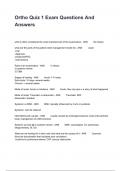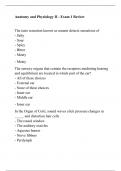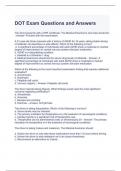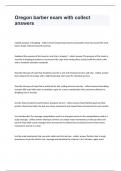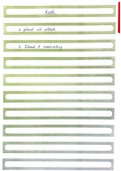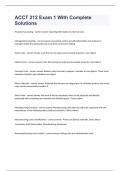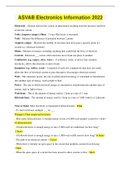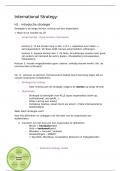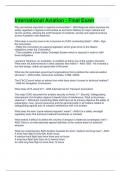Exam (elaborations)
Ortho Quiz 1 Exam Questions And Answers
- Course
- Institution
what is often considered the most important part of the examination - ANS the history what are the parts of the patient client management model (5) - ANS -exam -eval -diagnosis -prognosis/POC -interventions Parts of an examination - ANS 1) history 2) systems revie...
[Show more]
